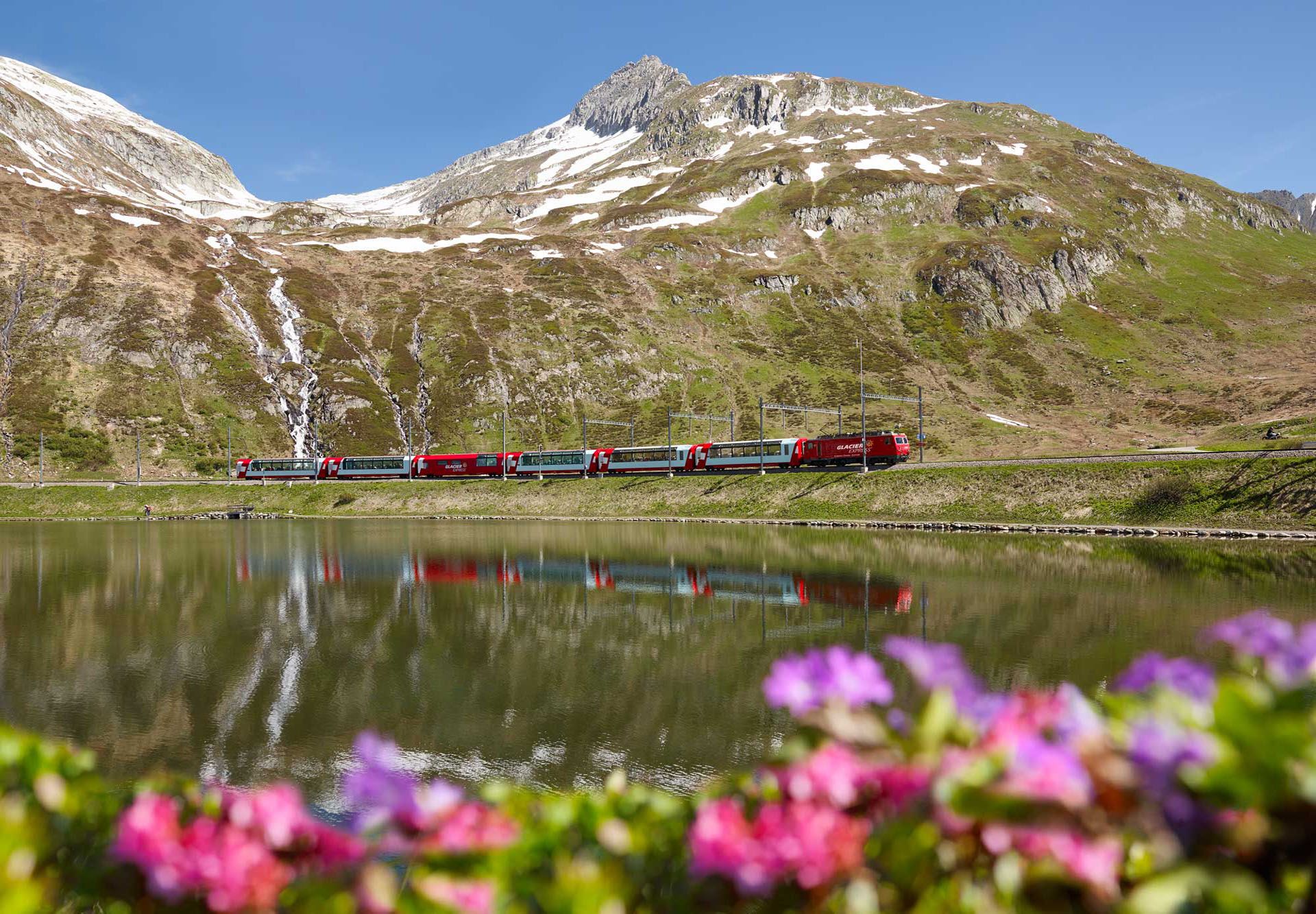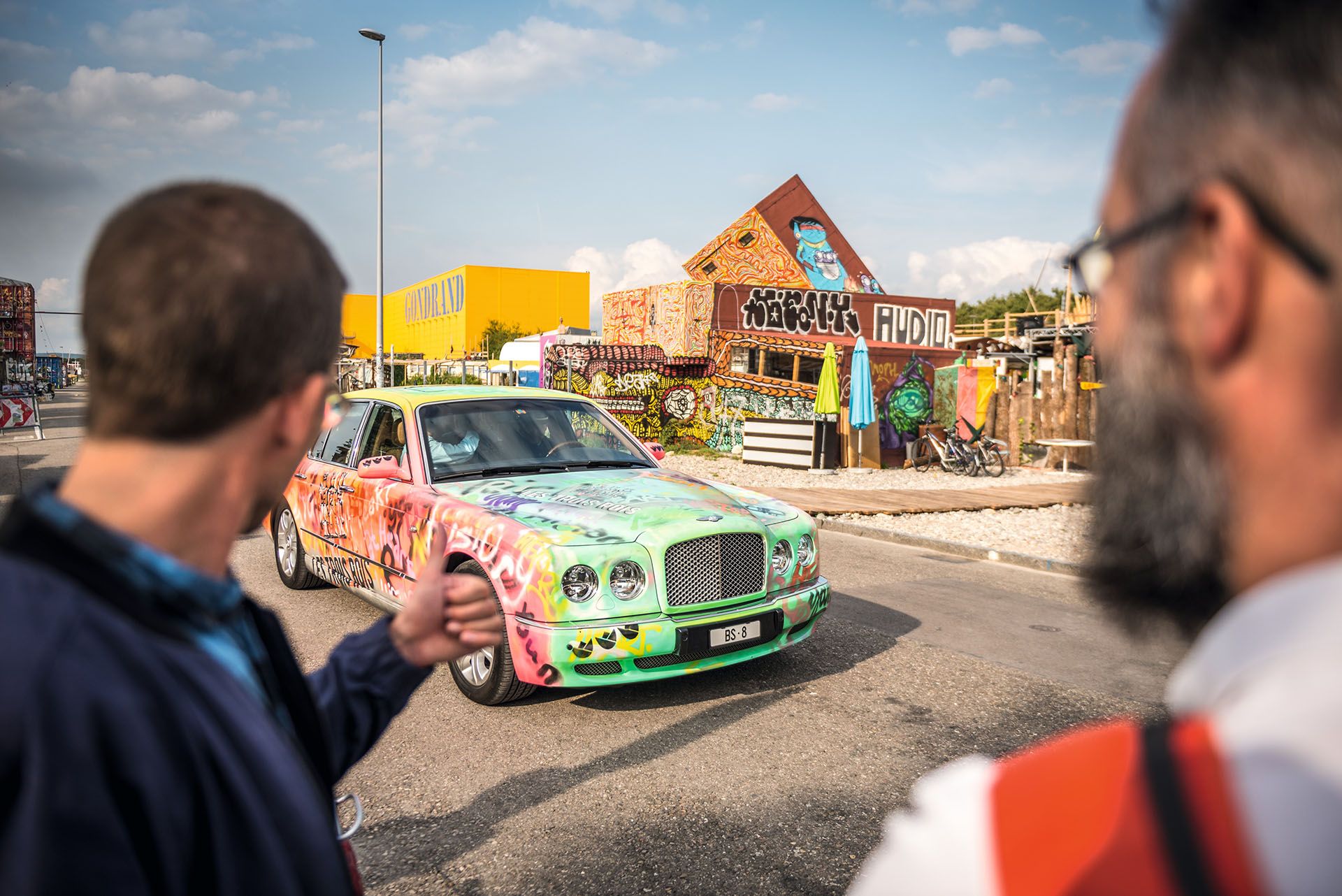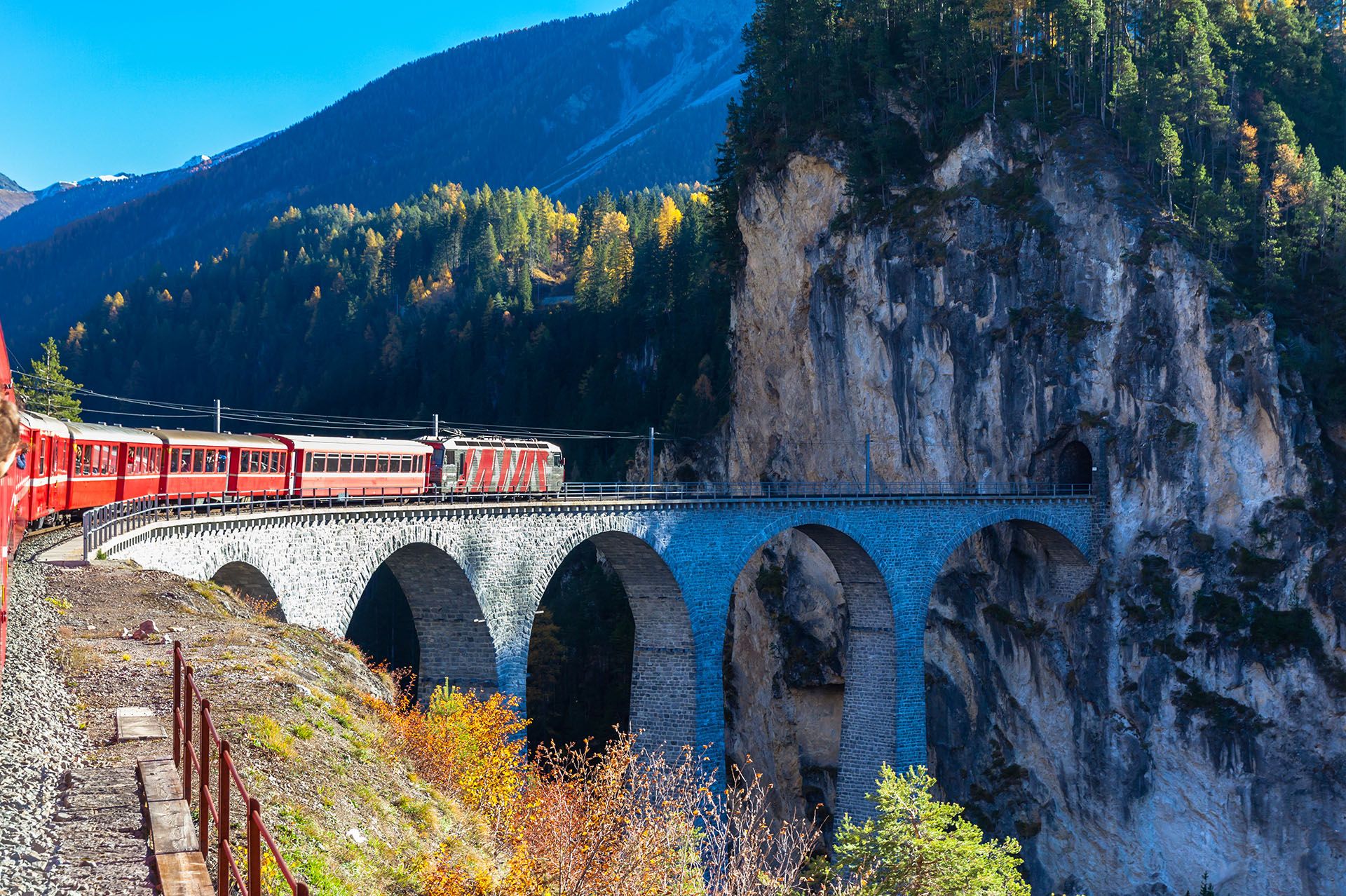Getting around Switzerland by bus
A comprehensive bus system backs up the train network. These cover ground not served by rail, such as in the high mountains and deep countryside.
The bus and train timetables are coordinated, ensuring watertight connections from one to the other.
Bus stations are nearly always located beside train stations, and all Swiss travel passes are valid for travel on buses as well as trains.
Buses are also the most common form of transport within cities. Many cities also have trams, and a few have funiculars.
Rough Guides tip: To increase your chances of a great holiday, read how many days you need to spend in Switzerland.
Getting around Switzerland by car
Driving gives you extra freedom to explore, and Switzerland’s road network is comprehensive.
Switzerland and Liechtenstein drive on the right, seatbelts are compulsory for all, and penalties for drink driving are tough — one glass of beer has you on or over the limit.
Beware of driving with sunglasses on — since there are hundreds of road tunnels, you can be plunged into darkness with little warning.
Swiss motorways/freeways are signed in green, while main roads are signed in blue.
Speed limits are 120kph (75mph) on motorways, 80kph (50mph) on main roads, 50kph (30mph) in urban areas, and 30kph (18mph) or less on residential streets.
If you hear an outrageously loud klaxon sounding on country lanes or twisting mountain roads, it means a postbus is approaching. It always has priority, so get out of the way.
Driving in Switzerland
Minimum driving age is 18 and third-party insurance is compulsory. You must carry a red warning triangle and the vehicle registration documents.
If you plan to drive on Swiss motorways, you have to stick a vignette inside your windscreen. This remains valid until January 31 of the following year.
Buy it from the customs officials when you first cross the border, or at post offices, petrol stations and My Switzerland.
Car rental can be expensive, so cut costs by renting in advance from the big international agencies.
To rent a car, you need a clean UK, EU or international driving licence that you’ve held for more than a year.








